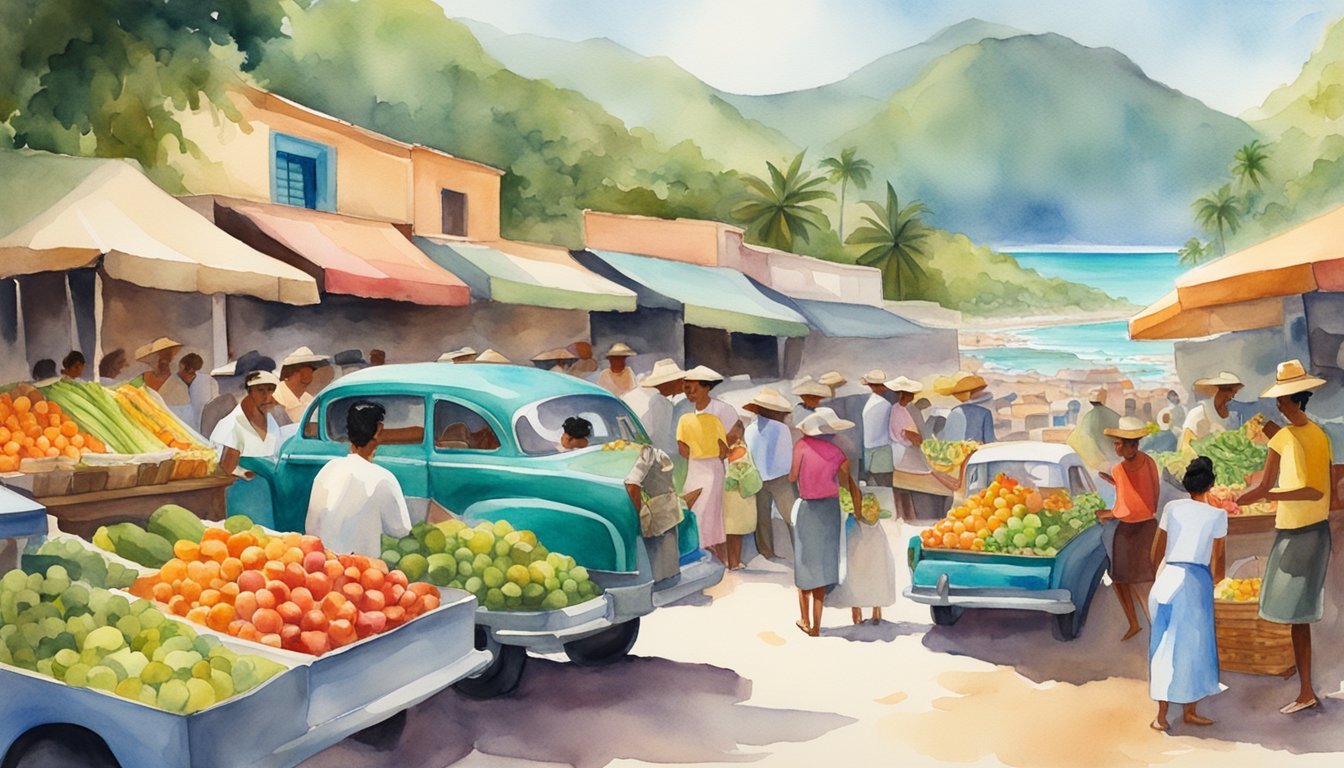History and Government
Pre-Columbian Era and Spanish Colonization
Before the arrival of Christopher Columbus in 1492, Cuba was inhabited by three indigenous groups: the Ciboney, Arawak, and Guanahatabey. Spanish colonization began soon after Columbus’ arrival, leading to the establishment of Spanish settlements across the island.
Struggle for Independence
Cuba’s desire for independence from Spain grew throughout the 19th century. Multiple insurrections and uprisings took place, including the Ten Years’ War (1868-1878) and the Little War (1879-1880). However, it was the outbreak of the Spanish-American War in 1898 that ultimately led to Spain’s surrender and Cuban independence.
Post-Independence Political Developments
Following independence, Cuba experienced a series of unstable governments and political challenges. US intervention and the 1901 Platt Amendment influenced Cuban affairs and limited its sovereignty. In 1952, Fulgencio Batista seized power through a military coup, establishing a dictatorship. Fidel Castro led the Cuban Revolution in 1959, toppling Batista’s regime, establishing a socialist state, and ultimately aligning Cuba with the Soviet Union.
Cuba-U.S. Relations
Cuba’s alliance with the Soviet Union during the Cold War resulted in a tumultuous relationship with the United States. Key events include the failed Bay of Pigs invasion in 1961 and the Cuban Missile Crisis in 1962. The US imposed an embargo on Cuba in 1960, which remains in place and has significantly impacted the Cuban economy.
Modern Political Environment
Cuba has been governed by the Communist Party since 1959, with Fidel Castro serving as Cuba’s leader until 2008. His brother, Raúl Castro, then took over until 2018 when Miguel Díaz-Canel was elected President. Recent years have seen a gradual shift in Cuban politics with reforms introduced by the national assembly.
Culture, Economy, and Geography

Cuban Culture and Society
Cuban culture is a vibrant mix of influences and has roots in Latin America, Spain, and Africa. The population is predominantly white, black, and mixed race, with a small percentage of Haitian Creole speakers due to historical migrations and interactions. Cuban religions are diverse, including Christianity, folk religions, and Afro-Cuban faiths. Spanish is the official language, but some people speak English or Haitian Creole as a second language.
Economic Overview
Cuba has a planned economy, heavily reliant on tourism, agriculture, and exports, particularly sugar, tobacco, and coffee. However, its GDP has experienced slow growth, inflation, shortages, and low wages. The 1990s “Special Period” marked a significant economic crisis, which led to a shift towards tourism and foreign investments. Despite these challenges, the country boasts a high life expectancy and low infant mortality rates.
Geography and Climate
Cuba is the largest island in the Caribbean Sea, located at the intersection of the Atlantic Ocean, the Gulf of Mexico, and the Caribbean Sea. It’s surrounded by the Bahamas, Haiti, and Jamaica. Its landscape features mountains, such as the Sierra Maestra, and extensive wetlands. Cuba has a mild, semitropical climate, with a mean temperature of around 77°F (25°C) in winter and 80°F to 85°F (26°C to 29°C) in summer.
Key Urban Areas and Infrastructure
Cuba has several major cities, including Havana, the capital, Santiago de Cuba, Camagüey, and Trinidad. These cities have rich historical and architectural heritage. Guantanamo Bay, a U.S. military base, holds significant geopolitical importance. The island’s infrastructure faces challenges with transportation, communications, and energy, necessitating continued efforts towards development and modernization.

